[ad_1]
Sponsored by Tourism Tasmania
If you’re looking for short walks in Tasmania, then you’re going to want to check out the Liffey Falls Circuit. It’s a short stroll through the mossy forest of the Central Plateau Conservation Area that takes you to see some of the most striking waterfalls in Tas.
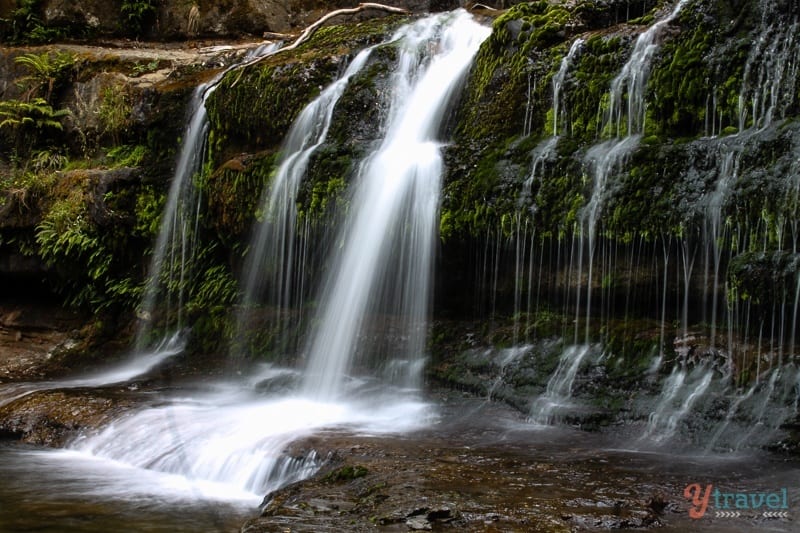
We were desperate for a short walk in the bush on our trip to Tasmania and so we scheduled a walk to Liffey Falls.
It’s not a strenuous or long walk, but without the kids, we could have walked for 40 minutes and quietly absorb the fresh air and forest surroundings, but with kids, it can take up to an hour.
If you’re thinking of visiting Liffey Falls and the Central Plateau Conservation Area, here is everything you need to know about going and our experience visiting there.
Where is Liffey Falls, Tasmania?
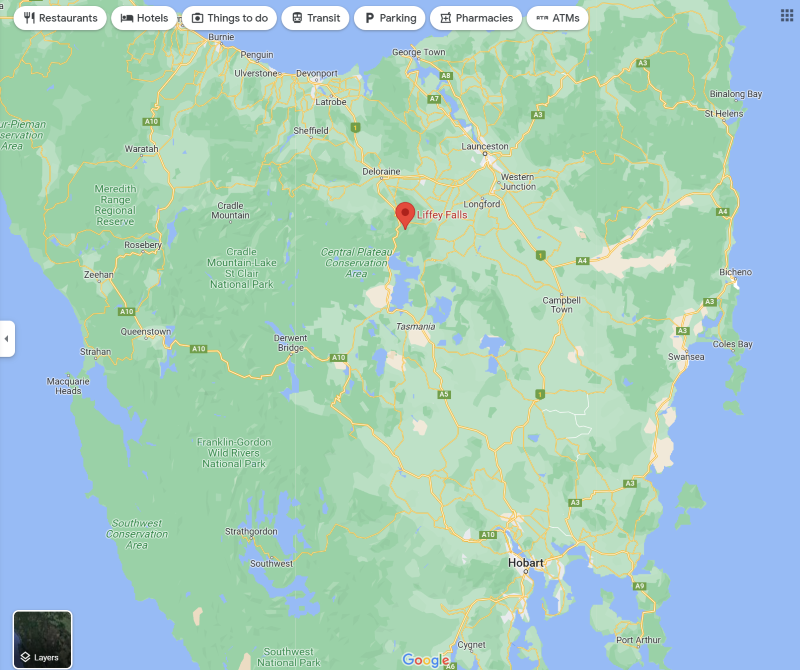
Liffey Falls is a group of four multi-level cascading waterfalls on the Eastern Banks of the Liffey River in the Liffey Falls State Reserve. It was originally called the Tellerpangger by the traditional owners, the Panninher clan.
The falls are an area of historic importance, as it was where 30-60 Tasmanian aboriginal people were massacred in 1827 as revenge for killing a stockman, William Knight.
The nearest town is Liffey, in Meander Valley, and you can get there by driving via the Lake Highway and Highland Lakes Rd.
The falls are located at the end of Riverdale Road for the lower falls car park and Bogan Road for the upper falls car park. Riverdale Road is not suitable for larger vehicles such as long wheelbase vehicles, motorhomes and caravans.
They are located 203 km (2 hours 50 minutes’ drive) from Hobart or 52.6 km (45 minutes’ drive) from Launceston. Click here for rates and availability if you need a rental car.
The falls were formed when the water from the River Liffey rushed downstream, eroding the softer mudstone sediments underneath and exposing sandstone steps.
It is also said that there are tiny marine fossils embedded in the rock, so look out for some sparkly elements in the multi-level falls.
The Liffey Falls Circuit Walk
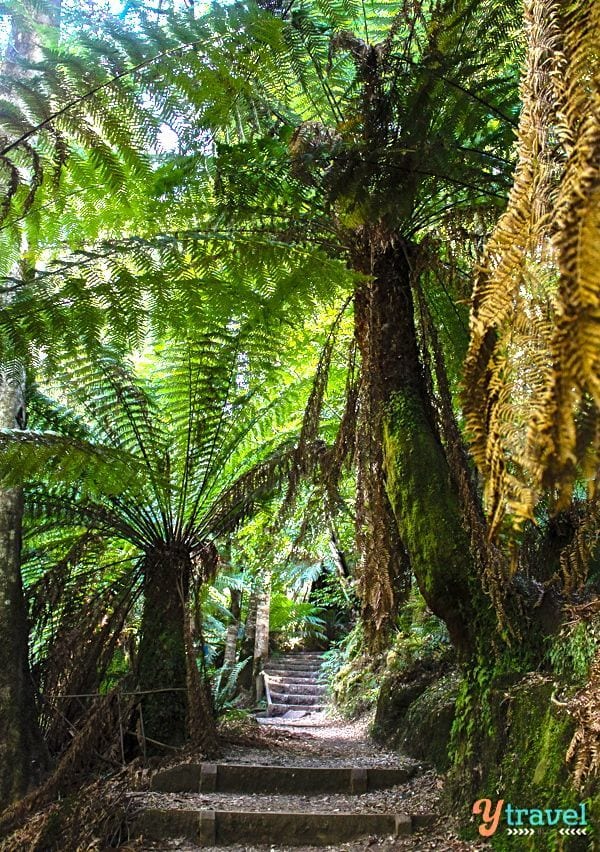
The Liffey Falls walk lies within the Liffey Falls State Reserve, an area of cool temperate rainforest, featuring myrtle, sassafras, and leatherwood on the slopes of the spectacular Great Western Tiers.
There are a few walking tracks that lead to the falls from both upstream (upper car park), and downstream.
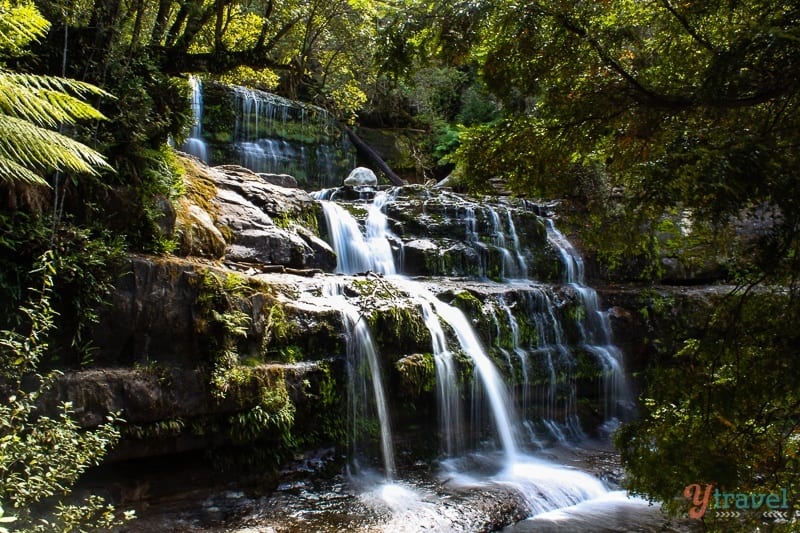
We recommend taking the walk from the top car park, especially if you have kids, because there are more facilities.
At the Upper Liffey Falls Day Use Area, you will find a picnic are and toilets. There is a free gas BBQ for visitors to use but campfires are prohibited. It’s also a shorter walk and the path is well-maintained.
The track from the lower car park has minimal facilities and is longer and less maintained. Though it’s more rugged, it’s a good opportunity to check out the beauty of the eucalypts rainforest.
Our Experience of the Liffey Falls Circuit Walk
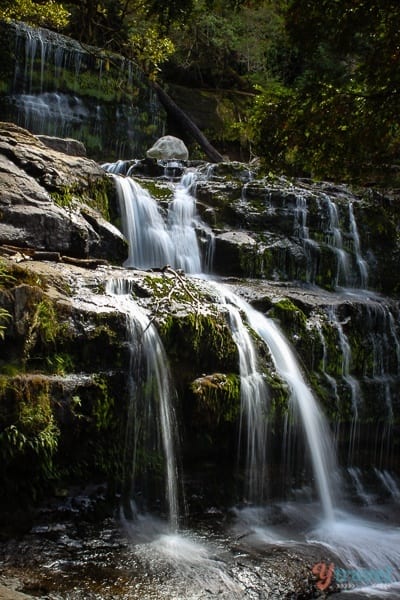
One thing that Craig and I really miss about travel pre-kids is bushwalks and hiking.
We do our best to still do them with Savannah and Kalyra, but it is not the same. Our walks are much shorter and our loads heavier.
Kalyra doesn’t get far without breaking into the “My legs are sooooooreeee” whinge and has to be carried on Daddy’s shoulders.
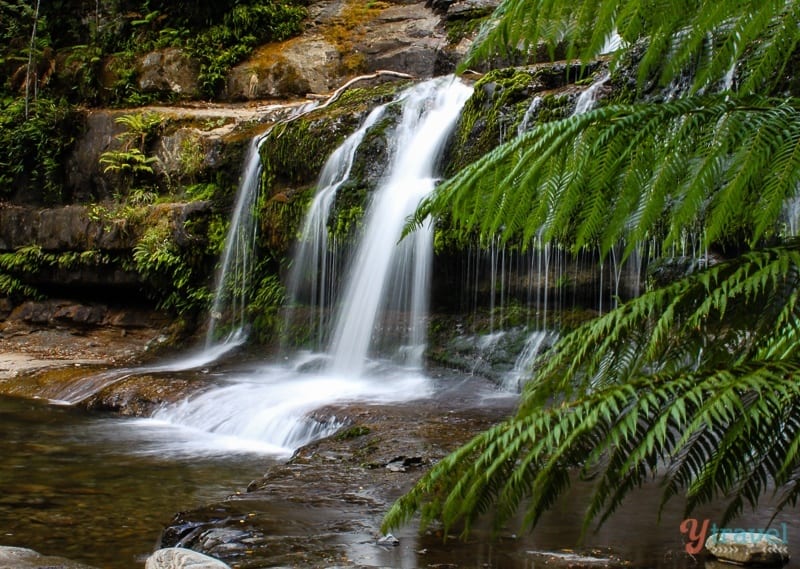
The falls weren’t running at full capacity due to the drought-like conditions that hit Tasmania in the summer season. We’ve stolen all their rain on the mainland, but, it was still pretty.
Liffey is a series of four cascading falls, named Alexandra Falls, Hopetoun Falls, Spout Falls, and Victoria Falls. Or you can just call them the main cascades, third cascade, second cascade, and first cascade – easy enough to remember.
There are viewing platforms to stop at each cascade.
At the lower falls is where you probably want to spend most of your time photographing, picnicking, and, if the water is high enough, swimming.
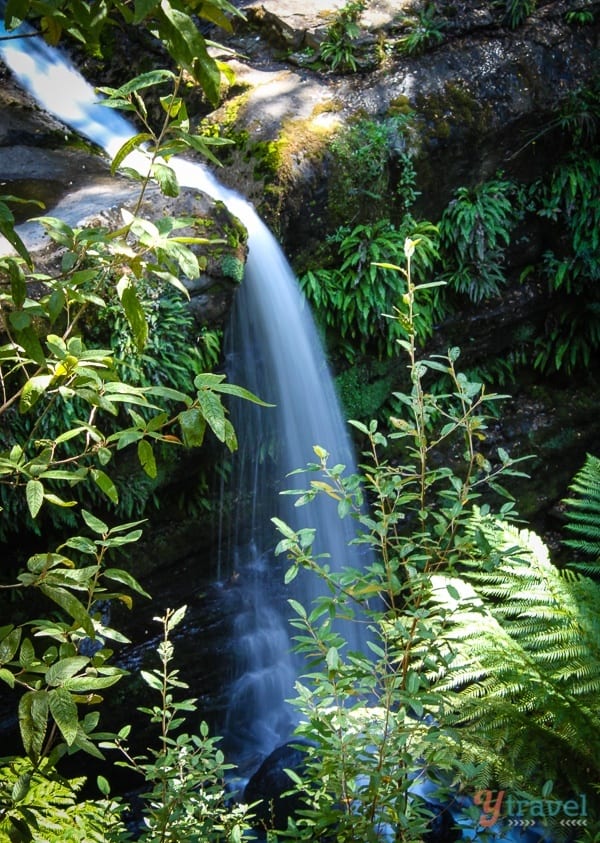
Much of the forest trails you walk through are new-growth due to the history of logging in the area. I would love to have seen it before.
The towering Eucalyptus and big tree ferns creating canopied tunnels for us to walk through seemed big and old enough to me
What To Pack for Liffey Falls
Before you go, you should make sure you are well prepared. Here’s what we suggest you take.
- light pack
- a camera with waterproof housing (if you’re into photography, note that the waterfalls create a moisture-rich environment)
- sunglasses
- weatherproof jacket
- warm hat
- insect repellent
- sunscreen
- a bag for your rubbish (there are no rubbish bins)
- snacks (the Tasmania Parks and Wildlife Service recommend high energy food but this seems overkill to me).
- a first aid kit with emergency space blanket (bit overkill in my opinion, but the Tasmania Parks and Wildlife Service recommend it)
- a litre of water per person (again, also seems excessive for a short hike, but the Tasmania Parks and Services recomend 1 liter for every 3 hours of walking)
Visiting the Central Plateau Conservation Area
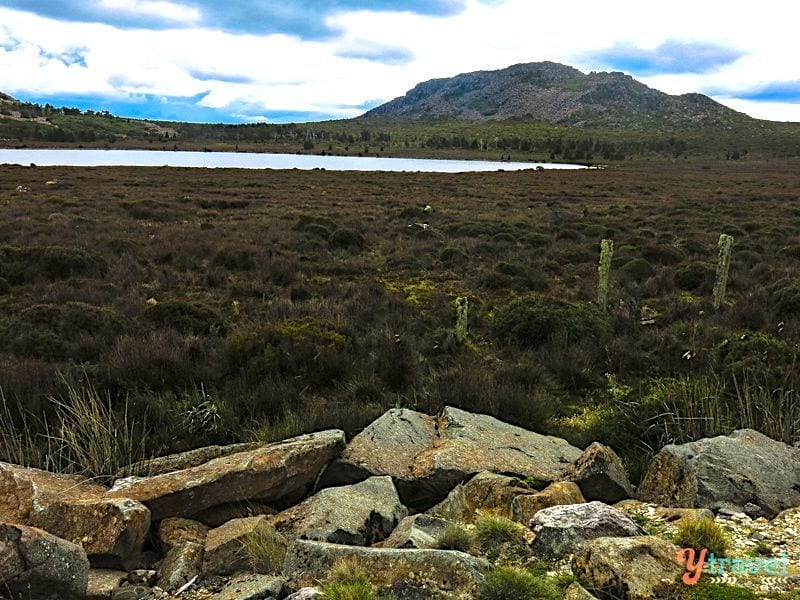
Our guide, Nicola, suggested we drive from Liffey Falls to the Central Plateau Conservation area, the sub-alpine moorlands on the most northern edge of the Tasmanian Wilderness World Heritage Area.
It’s known as the Land of A Thousand Lakes and is a popular place for anglers to come and fish for wild trout. On the shores of Great Lake is Miena, the fishing shack capital of Tasmania.
This is a real people-free wilderness area, the Central Plateau is spiked with steep mountains, glacial lakes, waterfalls, abundant wildlife, and unusual flora such as the ancient pencil pine.
It reminded me of the eerie dead trees in Dead vlei, Namibia.
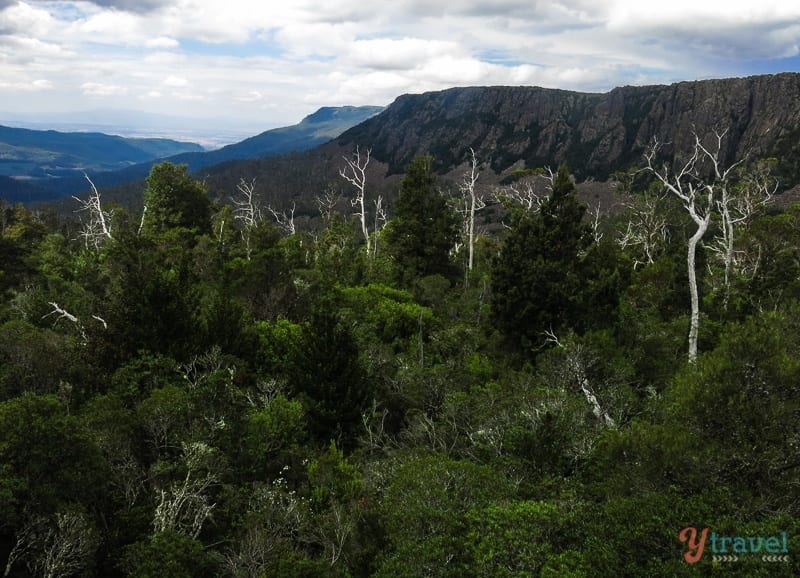
We did a short 30-minute walk around Pine Lake. It’s a gentle introduction to the rugged landscape but will take you back over 100 million years.
There are a variety of alpine plants, many of which can only be found in Australia.
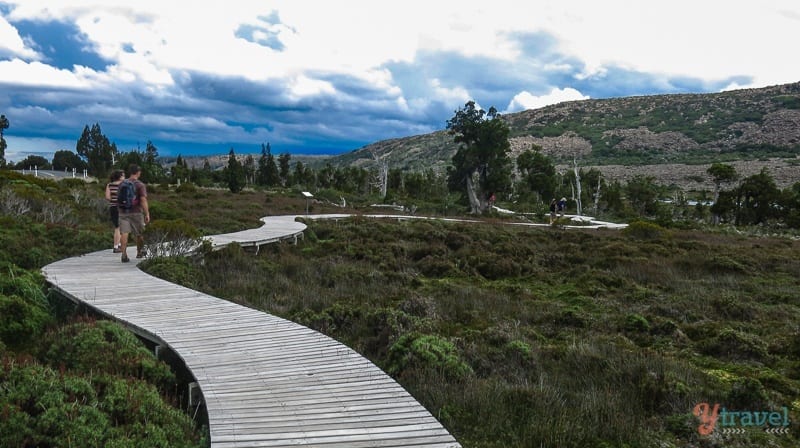
A storm was brewing in the distance over Great Lake, Australia’s largest permanent natural freshwater lake.
Our sightseeing adventure soon finished once we drove into it, but we saw enough to know that this a special area of Tasmania worth visiting.
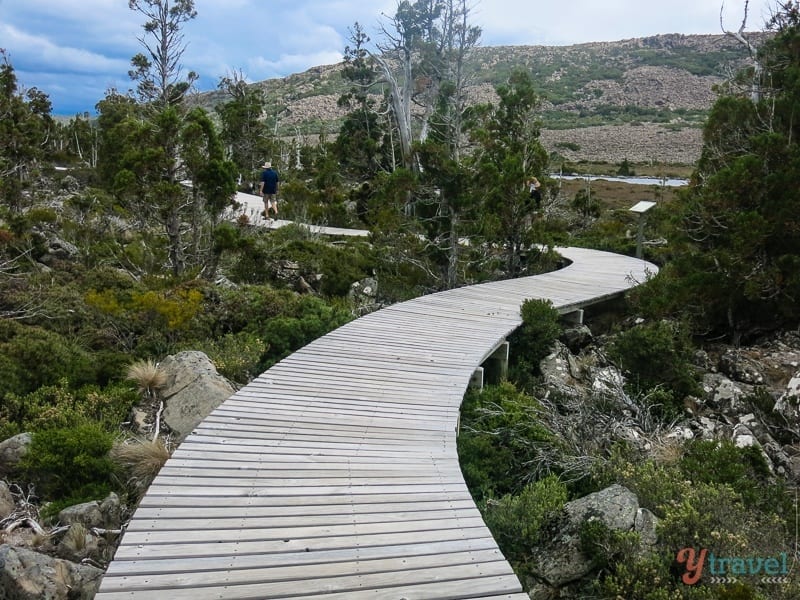
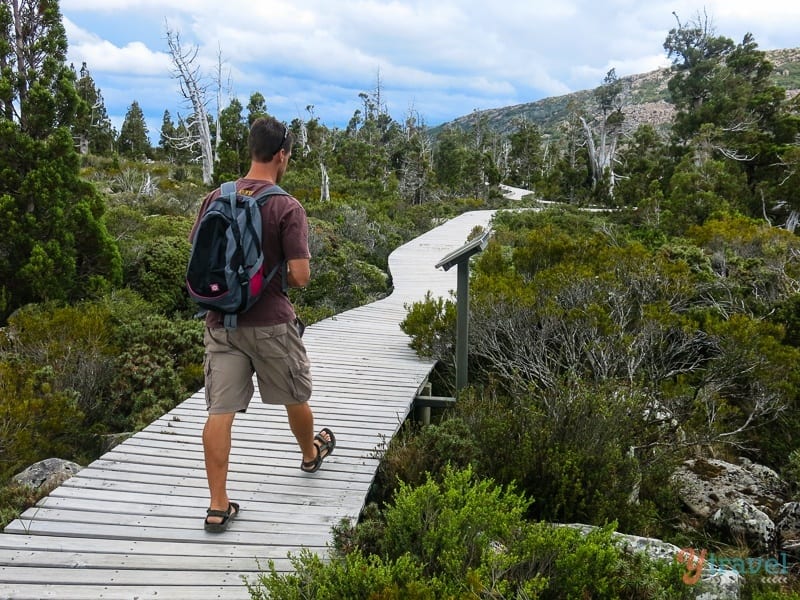
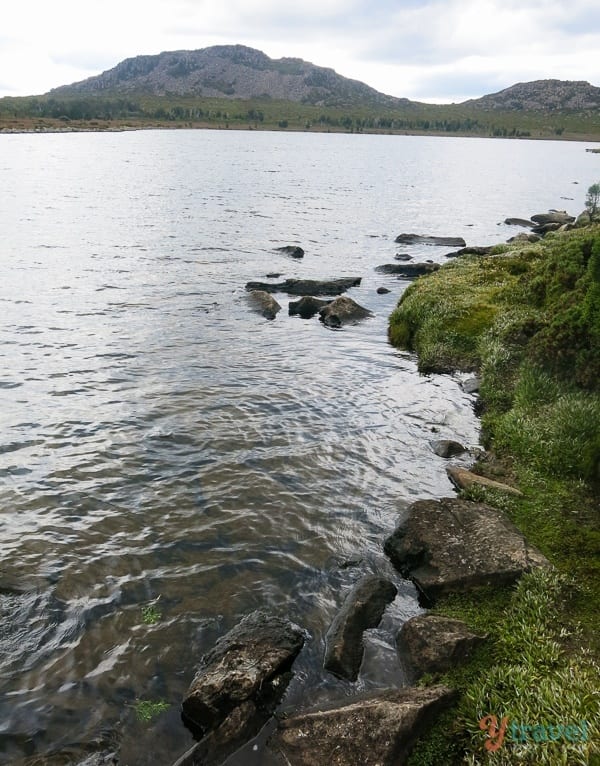
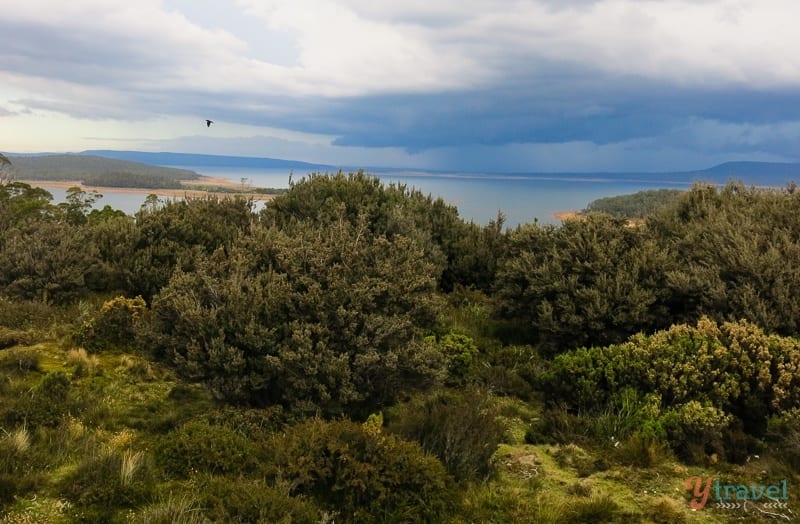
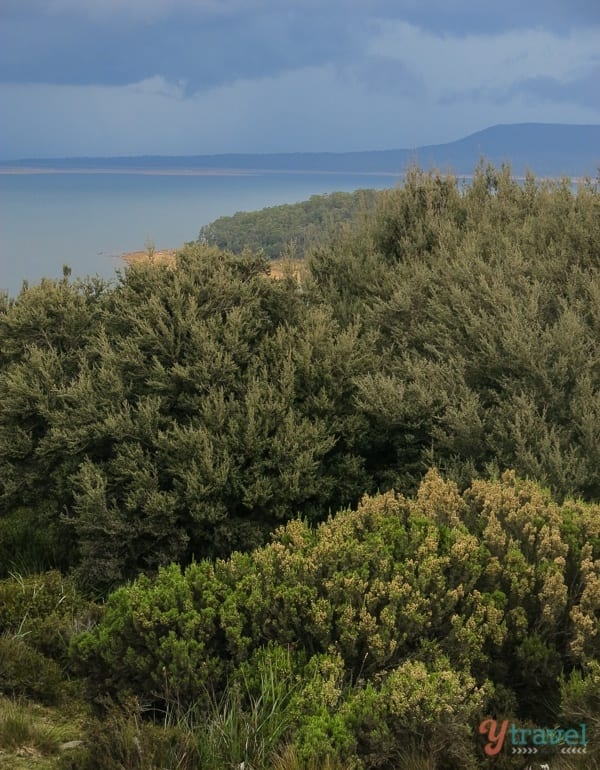
Final Thoughts on Visiting Lake Liffey Falls
There is a hot debate amongst Tasmanians as to what the best waterfall in Tasmania is: Liffey Falls or Russel Falls in the south of the island?
I have not seen Russell, but I am keen after spending time at Liffey.
If you do make a visit to Tasmania and you want to see some beautiful falls, don’t skip Liffey Falls off your list.
They are best seen at the end of winter or early spring when the rainy season has passed – this is when the falls are at their fullest.
But whatever time of year you visit, I’m sure you’re going to fall in love with these falls as much as we did.
Disclaimer: We travelled to Tasmania as part of the Behind the Scenery campaign with Tourism Tasmania, but all thoughts, ideas and opinions in this guide are our own.
More Tasmania Travel Tips
Are you visiting other parts of Tasmania? Then you may find these resources useful…
What do you think? Is Liffey Falls the best in Tasmania? Know any other secret spots? Let us know in the comments.
[ad_2]
Source link
